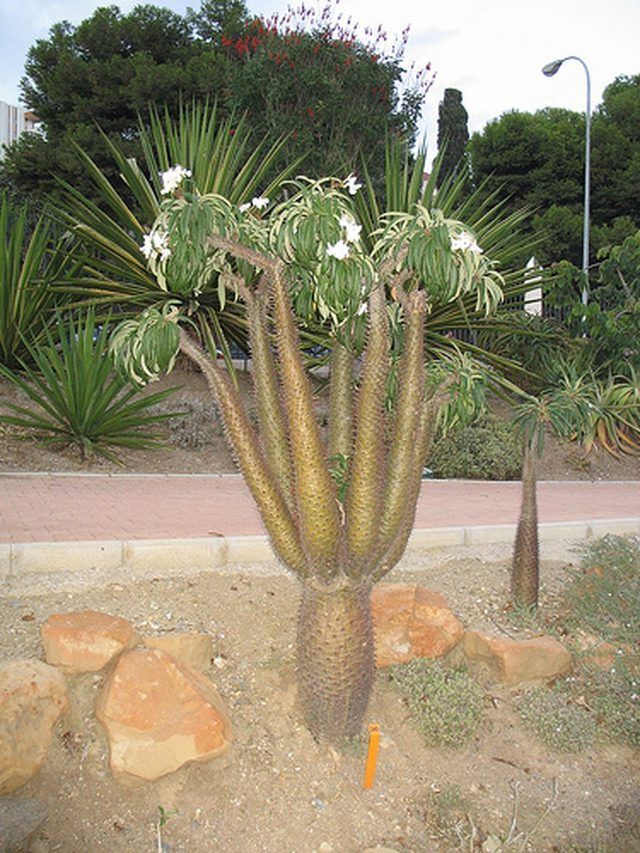Bulbs
Flower Basics
Flower Beds & Specialty Gardens
Flower Garden
Garden Furniture
Garden Gnomes
Garden Seeds
Garden Sheds
Garden Statues
Garden Tools & Supplies
Gardening Basics
Green & Organic
Groundcovers & Vines
Growing Annuals
Growing Basil
Growing Beans
Growing Berries
Growing Blueberries
Growing Cactus
Growing Corn
Growing Cotton
Growing Edibles
Growing Flowers
Growing Garlic
Growing Grapes
Growing Grass
Growing Herbs
Growing Jasmine
Growing Mint
Growing Mushrooms
Orchids
Growing Peanuts
Growing Perennials
Growing Plants
Growing Rosemary
Growing Roses
Growing Strawberries
Growing Sunflowers
Growing Thyme
Growing Tomatoes
Growing Tulips
Growing Vegetables
Herb Basics
Herb Garden
Indoor Growing
Landscaping Basics
Landscaping Patios
Landscaping Plants
Landscaping Shrubs
Landscaping Trees
Landscaping Walks & Pathways
Lawn Basics
Lawn Maintenance
Lawn Mowers
Lawn Ornaments
Lawn Planting
Lawn Tools
Outdoor Growing
Overall Landscape Planning
Pests, Weeds & Problems
Plant Basics
Rock Garden
Rose Garden
Shrubs
Soil
Specialty Gardens
Trees
Vegetable Garden
Yard Maintenance
Madagascar Palm Information
Madagascar Palm Information. The Madagascar Palm (Pachypodium Lamerei) is a plant native to southern Madagascar, but can be grown almost anywhere. It is in the cactus and succulent family of plants. It can be used as an outdoor landscape plant or as an indoor house plant. It is easy to care for and is known for its unusual appearance and...

The Madagascar Palm (Pachypodium Lamerei) is a plant native to southern Madagascar, but can be grown almost anywhere. It is in the cactus and succulent family of plants. It can be used as an outdoor landscape plant or as an indoor house plant. It is easy to care for and is known for its unusual appearance and fragrant flowers.
Features
The Madagascar Palm has a long spindle-shaped trunk, covered in 2 ?-inch spines. Long leaves form spirally at the top of the trunk. It rarely develops branches. The Madagascar Palm grows from 4 to 6 feet indoors, but will reach heights up to 15 feet outdoors. When planted outdoors, it will develop large white to near-white blossoms from spring to late summer.
Care
The Madagascar Palm will survive in full sun to light shade, but does best in full sun. It should be planted in a cactus mix or any fast-draining potting mix. Water thoroughly, but allow the soil to partially dry out between waterings. Fertilize in summer and spring with a diluted all-purpose fertilizer. Water less during cooler months. The Madagascar Palm is a slow-growing plant and may take many years to reach its full height.
Hardiness
The Madagascar Palm does best in temperate climates. It will usually lose its leaves during a light freeze, but the plant will come back. During a hard freeze, most of the exposed plant will be killed. Just cut back the dead portions and it will usually come back. Madagascar Palms are notorious for losing their leaves in cooler weather or when they do not get enough water; it's not uncommon for people to think their plant has died, only to see it come back to life months later.
Propagation
Growing from seed has varying rates of success. Seeds can be soaked for 24 hours in warm water and then planted. It can take anywhere from 3 weeks to 6 months for the seeds to sprout. The more common way to propagate is to break off or remove the small growing shoots at the base of the plant. Allow them to dry for about a week. Then plant the shoots in well-draining soil mix in a container or in the ground.
Warning
All parts of the Madagascar Palm are poisonous if ingested. If ingested, call a poison control center immediately. When transplanting, the spines should be covered with newspapers or towels to avoid injury to hands.